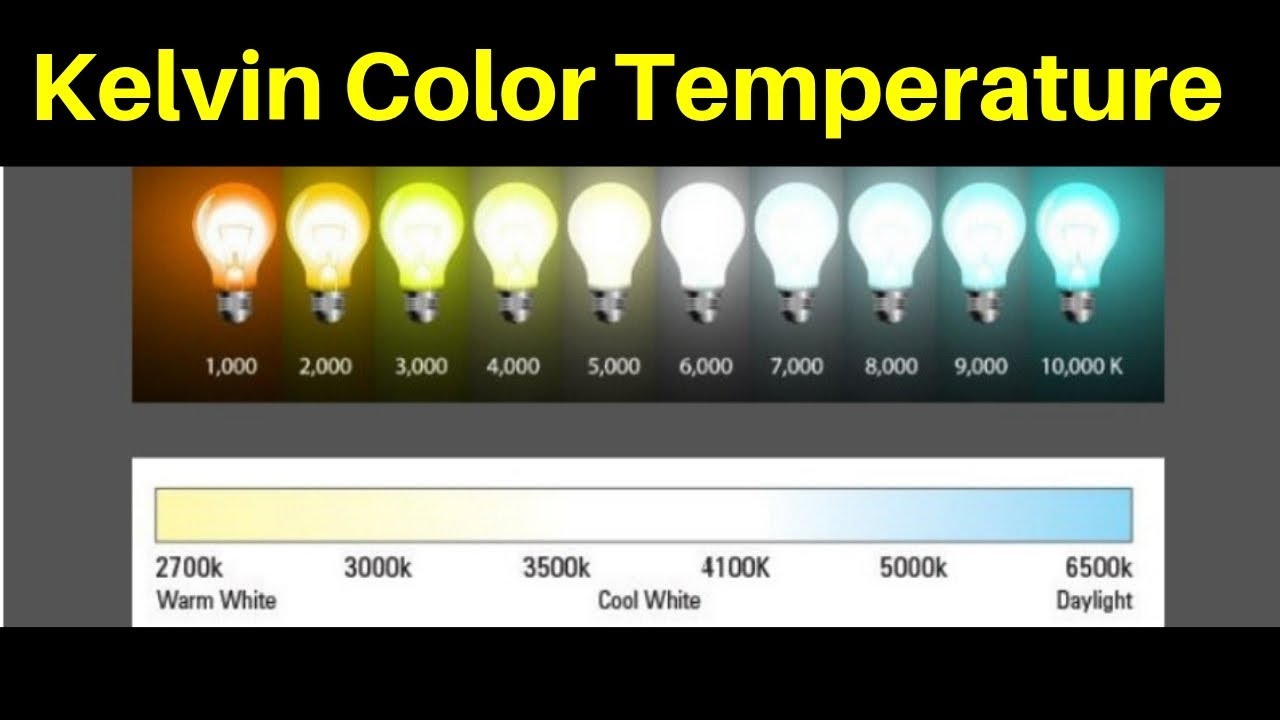
Why A Flashlight's Color Temperature Matters
In the world of flashlight marketing, you may often see the term 'color temperature' used to describe the properties of certain flashlights — but what exactly does this mean? How can a color have a temperature? What implications does this have for my flashlight?
You see, not all light is created equal. Light comes in various colors and these colors can be defined by using something known as the Kelvin color temperature scale. Light characterized as "warm" (more yellow) can be found on the lower end of the scale whereas "cool" types of light (more blue) can be found on the higher end. The color temperature scale below demonstrates this quite nicely.

Certain color temperatures can be more useful than others. It all depends on the application. Higher color temperatures (10,000K) can have the appearance of being brighter — but often at the cost of sacrificing color and detail. For example, one would not use such a color temperature in an art gallery because the true color of the artwork would simply be washed away by the light.
On the flipside, a warmer color temperature (2000K) can be a much more useful source of illumination but sometimes at the cost of creating a noticeable yellow or red tint.
Historically, consumer lighting products had a warmer color temperature because it was a natural byproduct of using filament technology. As LED and HID bulbs gained popularity, consumers became obsessed with increasingly higher color temperatures. I think we can all remember the era of modified automobiles which had overwhelmingly bright HID headlights.
This trend eventually found its way into the world of flashlights as well. Manufacturers were pumping out high color temperature flashlights because they often produced the novelty effect of appearing brighter than conventional color temperatures.
With time, consumers began to realize that a higher color temperature does not necessarily mean better illumination. Demand eventually shifted away from these bluish flashlights — forcing manufacturers to produce flashlights with more reasonable color temperatures. Because warm or neutral color temperatures are a relatively recent trend, manufacturers and retailers will often bring attention to this feature of the flashlight.
While there is plenty of room to be pedantic about the exact color temperature a customer prefers, most agree that a neutral color temperature of 6000K-6500K will provide an appropriate balance of brightness and detail. If you want a more vintage aesthetic to your flashlight, go for something closer to 3500K. If you want an overwhelming 'blinding' effect to your flashlight, go for something closer to 8000K.
